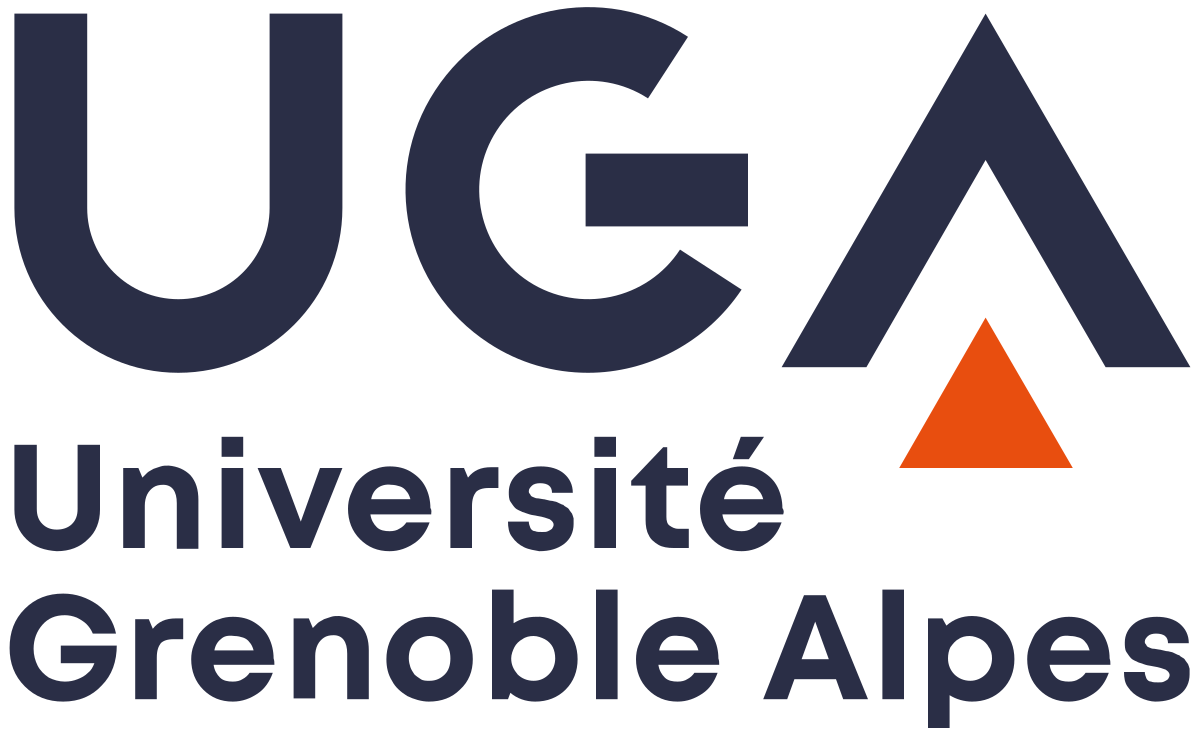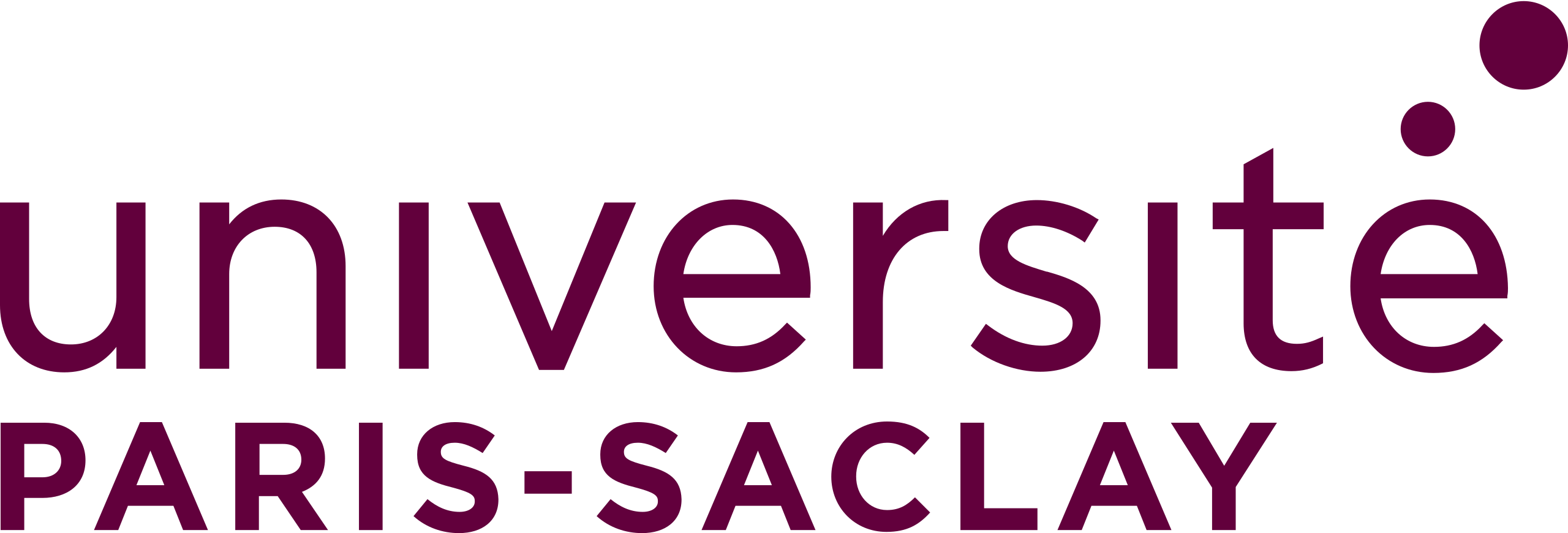Partner institutions: CNRS, Inria, Université Grenoble Alpes, Université Paris-Saclay,
IMT (Institut Mines-Télécom), Sorbonne Université, Université Claude Bernard Lyon 1, Université de Lille, Université Toulouse III,
CESI, ENAC, ENSAM, Université d’Evry, Université Gustave Eiffel, Université de Lorraine, Université de Strasbourg
Contact: pc1 [at] pepr-ensemble.fr
4 priority themes:
-
Diversity of interaction devices/modalities for heterogeneous collaboration spaces
-
Diversity of users: collaboration spaces for all
-
Infrastructure for rapid creation of hybrid collaboration environments
-
Transitions between dynamic collaboration spaces
Goal: funding of 4-5 Ph.D. theses
Theme 1: Diversity of interaction devices/modalities for heterogeneous collaboration spaces
We welcome contributions investigating interaction approaches for collaboration in heterogeneous physical, 2D and 3D virtual environments. These contributions can relate to the visual feedback and interactive visualisation, multi-sensory feedback, novel interaction devices, modalities or techniques.
Keywords: interaction techniques, interactive visualisation, interaction modalities, multi-sensory feedback
Theme 2: Diversity of users: collaboration spaces for all
Ph.D. proposals are welcome to tackle one (or a combination) of the three following topics:
-
Design for diversity and evolutivity of capacities and disabilities, as well as diversity in expertise, role, social context and culture to support collaboration in remote or hybrid synchronous situations: Components, Models, Methods and guidelines ;
-
Design and assessment of embodiment techniques and users’ avatar to support synchronous collaboration;
-
Models of / evaluative approaches dedicated to measure the diversity, specificity and multidimensionality of synchronous collaborative experience.
Keywords: users diversity, embodiment, collaboration-oriented avatars, quality of collaboration and of collaborative experience
Theme 3: Infrastructure for rapid creation of hybrid collaboration environments
Collaboration environments can now take different forms (virtual such as the MetaVerse, physical, or hybrid). It is an unsolved problem of how to rapidly create hybrid environments that combine real and virtual objects. The setup of such hybrid environments can be stationary or mobile. We welcome contributions dedicated to the creation of such environments or some aspects of such environments for instance: support in linking physical and digital objects or support in beaming of humans, their complete surrounding environment, as well as high-quality reconstructions of work pieces.
Keywords: 360 Video, High-Dynamic Range Imaging, Neural Radiance Fields, Simultaneous Localization and Mapping, Structure-from-Motion
Theme 4: Transitions between dynamic collaboration spaces
We welcome contributions designing novel methods for interactive transitions between different collaboration spaces. Contributions could particularly focus on the dynamicity of the collaboration spaces, from the group’s and user’s point of view by considering both the social aspects (group of users), the cognitive aspects (tasks at hand) and the perceptual/action aspects (human perception and motor control).
Keywords: spatial transitions, temporal transitions and latency, paradigm shift in interaction, change in interaction modalities, quality of transitions






